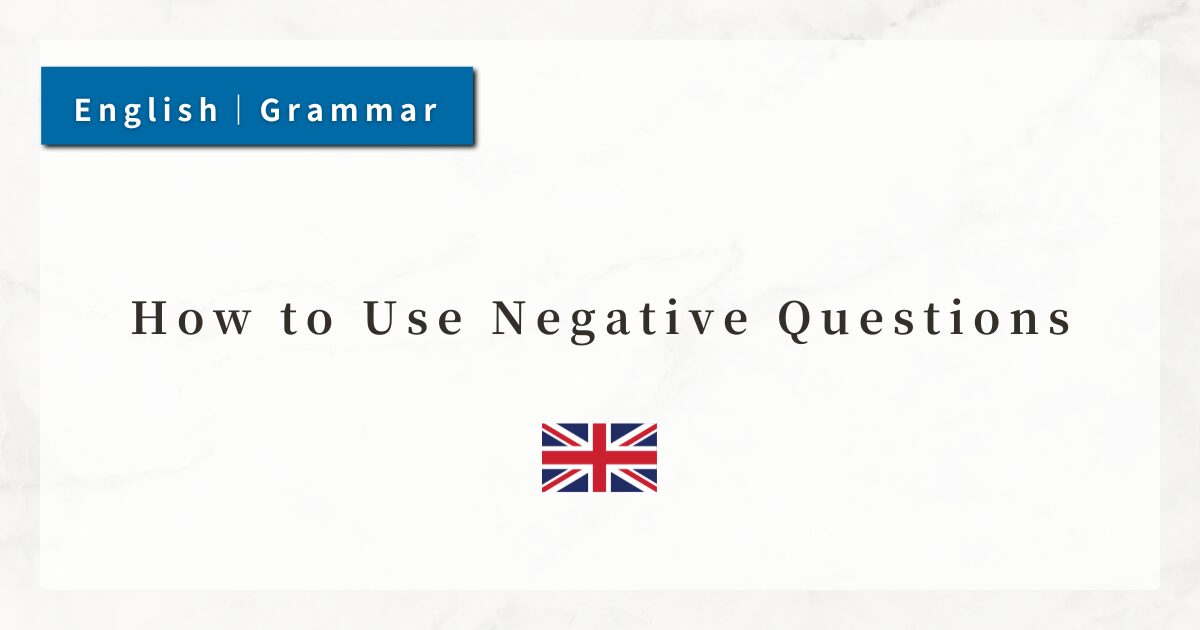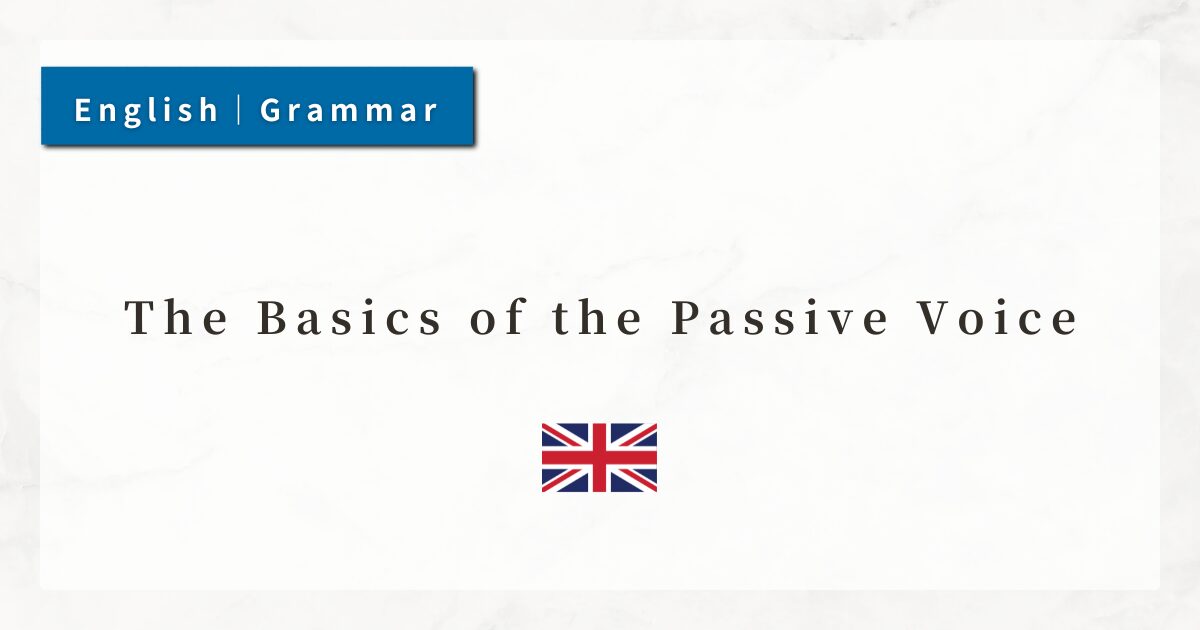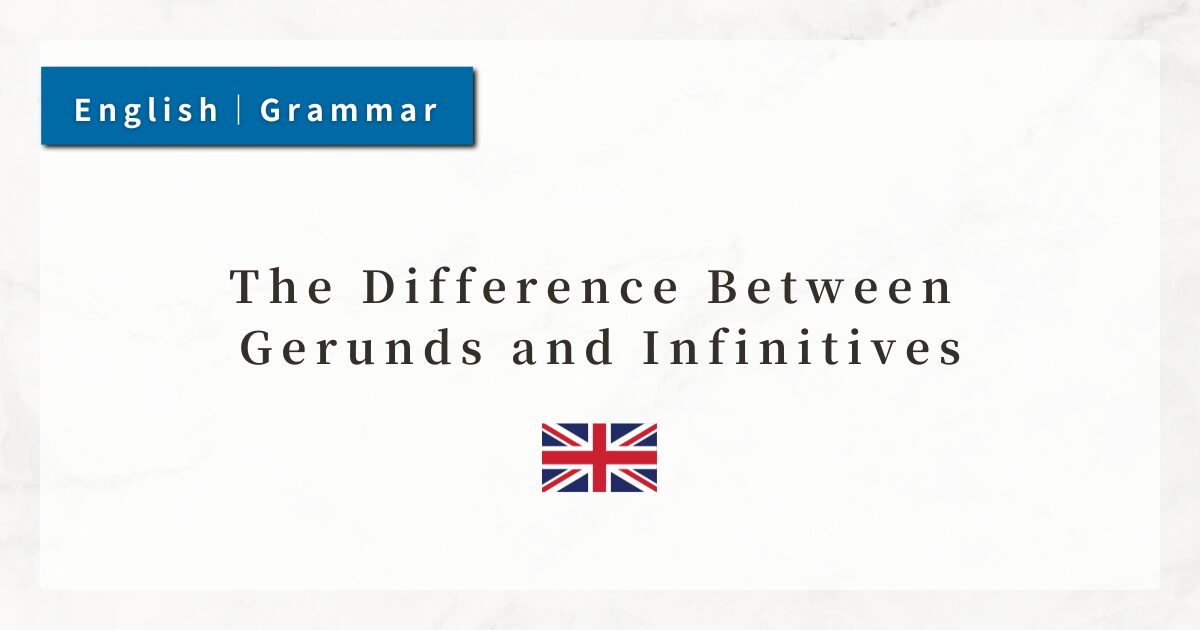#20 The Basics of Conjunctions|How to Use and, but, because, and More

When connecting multiple sentences or phrases in English, conjunctions are used. By using conjunctions, I can smoothly express the logical relationships between sentences—such as addition, contrast, reason, or choice—and create coherence in writing.
In this lesson, I will focus on five commonly used conjunctions in English (and, but, or, because, so) and explain their usage and key points.
1. Types of Conjunctions and Basic Rules
In English sentences, conjunctions are used when connecting ideas such as “A and B,” “A but B,” or “A because B.”
Conjunctions in English can be broadly classified into the following categories:
| Type | Common Conjunctions | Role / Meaning |
|---|---|---|
| Coordinating Conjunctions | and, but, or, so | Join words or sentences of equal importance (parallel relationship) |
| Subordinating Conjunctions | because, if, when, etc. | Connect a main clause and a subordinate clause (cause, condition, etc.) |
In this lesson, I will explain the five essential conjunctions for beginners: and / but / or / because / so.
2. and : Addition
And is used to connect words or sentences of the same type. It is useful when linking ideas or arranging events in sequence.
- I like coffee and tea.
- She studied hard and passed the test.
Rule: The grammatical types of the connected elements must match.
- eat and drink (verb + verb)
- books and pens (noun + noun)
3. but : Contrast
But connects two contrasting or opposing ideas. It is used to indicate a shift in meaning or to highlight something unexpected.
- He is smart but lazy.
- I wanted to go out, but it was raining.
This conjunction is particularly useful when you want to make a contrast clear. Often, the polarity (positive/negative) changes before and after but.
4. or : Choice
Or is used to present alternatives. It frequently appears when offering choices.
- Would you like coffee or tea?
- You can come today or tomorrow.
In questions, or emphasizes the presentation of options, making it a very common expression in everyday conversation.
5. because : Cause and Reason
Because explains the reason or cause of a situation.
- I’m tired because I didn’t sleep well.
- She stayed home because it was raining.
Rule: The basic word order is “Main clause (result) + because + reason.”
You can also place Because at the beginning of the sentence:
- Because it was raining, she stayed home.
6. so : Result
So expresses the result of a reason. In terms of meaning, it works in the opposite direction of because.
- It was cold, so I stayed home.
- He didn’t study, so he failed the test.
In this case, the first sentence gives the reason, and the sentence after so expresses the result.
Learning because and so together makes it easier to understand the difference in word order between cause and result.
7. Summary
- Conjunctions play an important role in connecting words and sentences, giving flow to meaning.
- and: Addition (and, then)
- but: Contrast (however, but)
- or: Choice (or, otherwise)
- because: Cause/Reason (because, since)
- so: Result (therefore, so)
- When using conjunctions, always pay attention to whether the connected sentences are coordinated or subordinated.




